
Growers Guide for Alocasia Black Velvet Gardenia Organic
The pH level for Alocasia reginula should be from 5.5 to 6.5 pH or slightly acidic. You can easily create a custom soil for Alocasia reginula. Try combining 1 part potting soil or peat moss with 2 parts perlite and 1 part orchid bark. You can also add a handful of well-rotted compost or worm castings to the soil mix.

Red Velvet Plant Low Prices, Save 64 jlcatj.gob.mx
Is Alocasia 'Black Velvet' toxic to cats and dogs? Like other members of the genus Araceae (the aroids), all parts of Alocasia 'Black Velvet' contain calcium oxalate crystals. These microscopic crystals are not toxic, but they can produce irritation and swelling, so it's best to keep this plant out of reach of pets and children..
New alocasia black velvet leaf 🖤 r/RareHouseplants
Alocasia Black Velvet needs coarse, well-draining soil and careful watering to prevent soggy conditions. It prefers humidity of 60-75%, temperatures of 59-80ºF (15-27ºC), and moderate indirect light. Fertilize lightly every 4 weeks during the growing season and only repot infrequently.
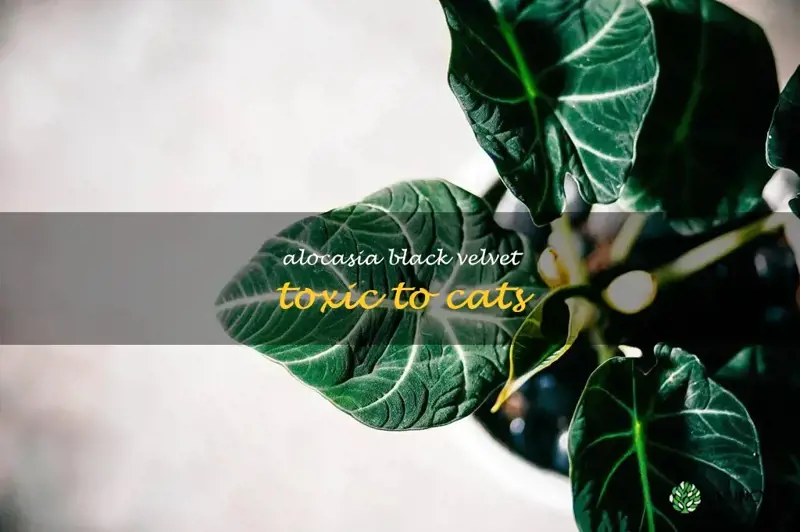
Are You A Cat Owner? Here's What You Need To Know About The Toxicity Of
Some of the most popular Alocasia species include Alocasia amazonica, Alocasia macrorrhiza, and Alocasia odora, which can be grown both indoors and outdoors for their ornamental value. However, while Alocasia plants add a touch of tropical beauty to any home, pet owners must be aware that some species can be toxic to cats and dogs.

Alocasia Reginula Black Velvet Cult Plants
No, black velvet alocasia is not toxic to cats. This plant is actually safe for both humans and animals, which makes it a great choice for homes with pets. While the plant does contain some toxins that can cause irritation if ingested, these are not harmful to cats or other animals.

I finally found a bébé Alocasia Black Velvet. Look at how the light
The ASPCA reports that Alocasia is toxic to cats as it contains insoluble calcium oxalates. If ingested, this plant can cause oral irritation, swelling of the lips, tongue, and mouth, difficulty swallowing, excessive drooling, and vomiting. It's no secret that cats are picky eaters when it comes to food.
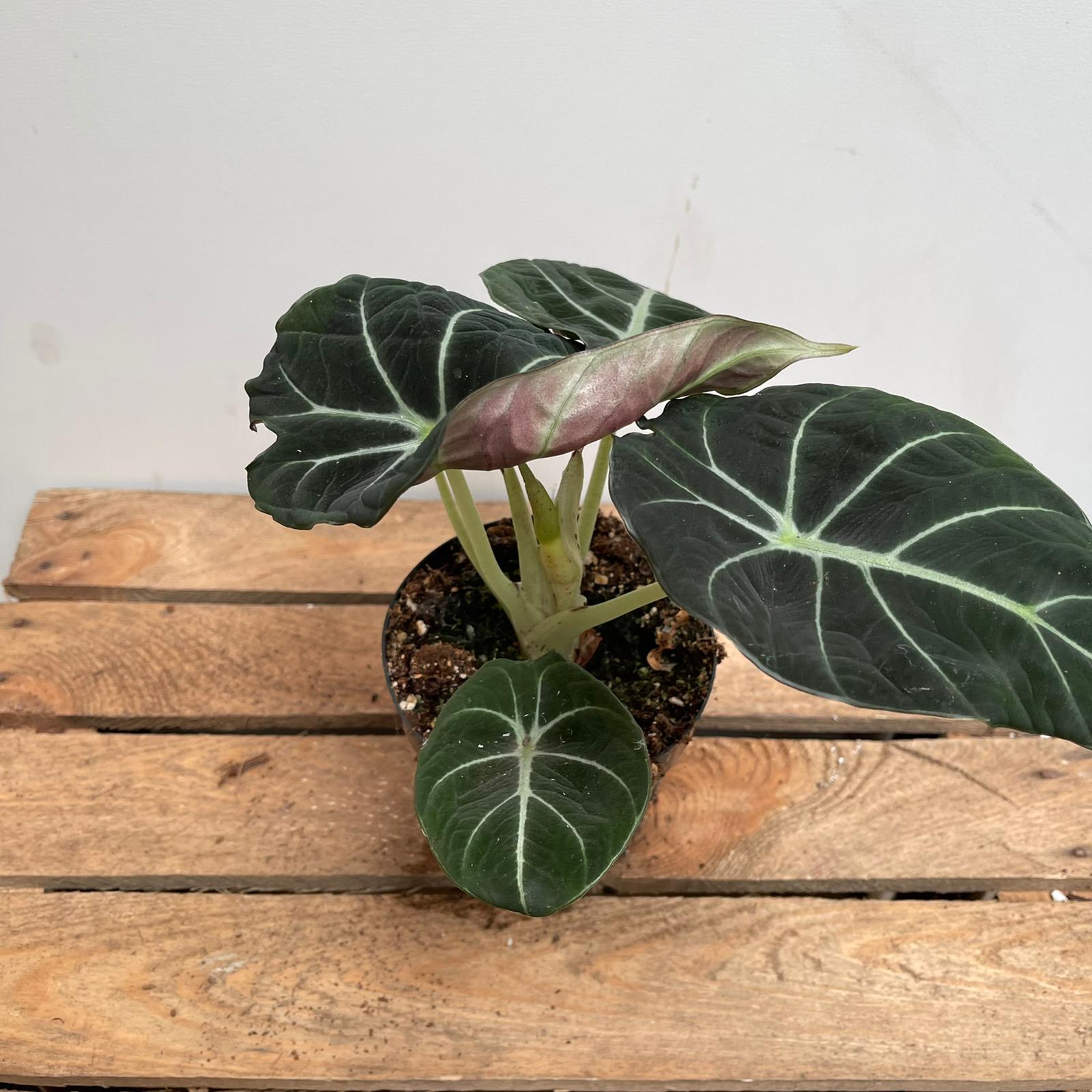
Alocasia Black Velvet I'm The New Green
Alocasia Black Velvet is toxic to both humans and pets when it is ingested. It will cause irritation for the mouth and digestive system due to the calcium oxalate crystals. If consumed in large quantities, it may lead to severe health issues. It is best to keep out of reach of pets and children to avoid any accidental consumption of any part of.
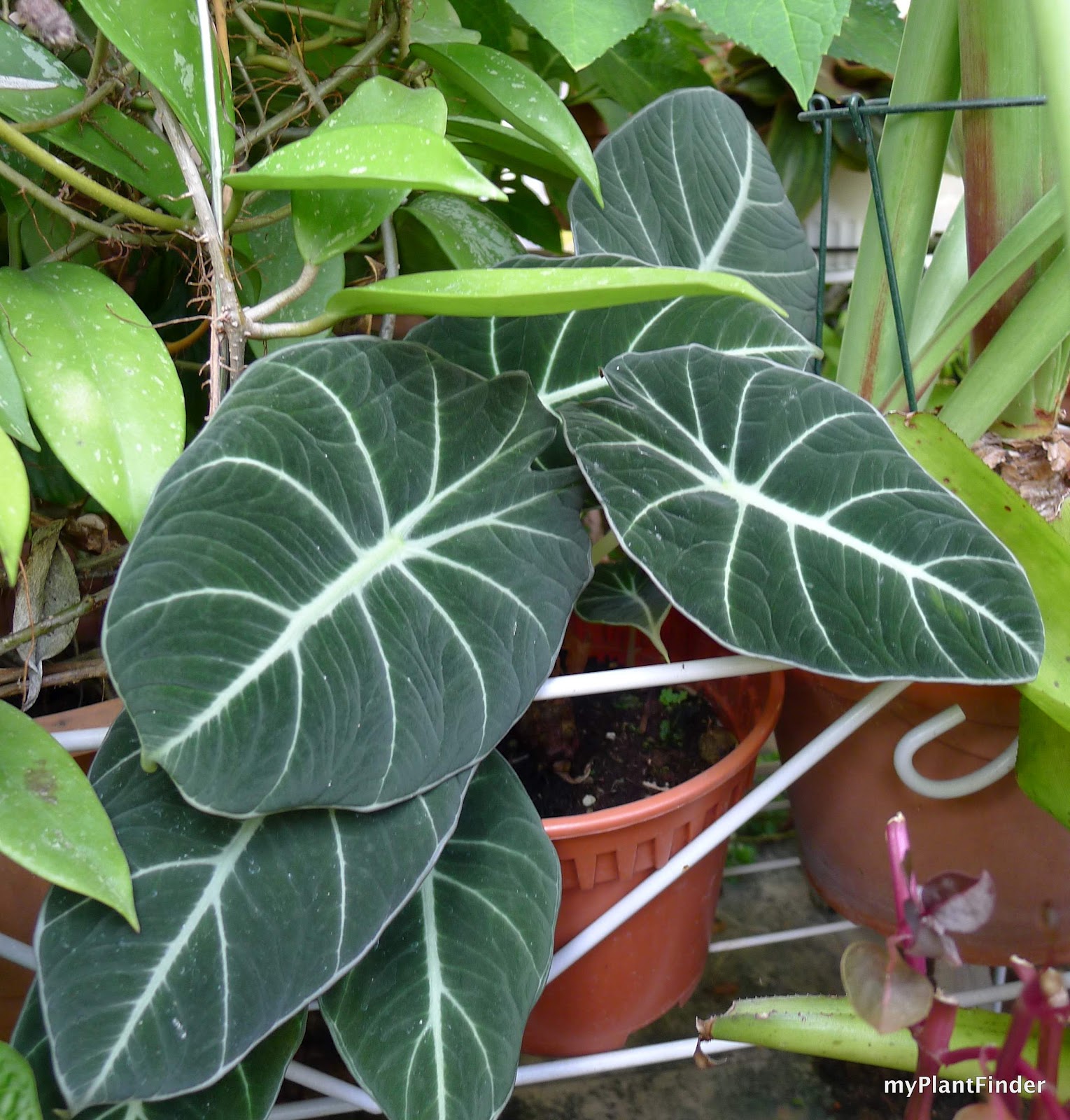
MY PLANT FINDER Plant Guide Alocasia reginula 'Black Velvet'
Alocasia is extremely dangerous to pets and can cause many problems in them. If your cats and dogs touch the plant in any way, it can cause various skin infections and rashes. If the pets ingest any part of the plant, they can experience vomiting, diarrhea, nausea, swelling, oral irritation, and gastrointestinal tract.

Alocasia Black Velvet 7.5” ‣ Plant Van
The ASPCA reports that Alocasia Black Velvet is toxic to pets as it contains insoluble calcium oxalates. If ingested, this plant can cause oral irritation, swelling of the lips, tongue, and mouth, difficulty swallowing, excessive drooling, and vomiting. Some pets are picky eaters when it comes to food. Because of this, poisoning in pets is rare.

ALOCASIA reginula ‘Black Velvet’ 1L Evergreens Turn It Tropical
Yes, Alocasia plants contain calcium oxalate crystals, which are toxic to cats. These crystals can irritate the lining of your pet's stomach and intestines, which can lead to nausea, vomiting, and other uncomfortable symptoms. A study published in the journal BMC Veterinary Research in 2017, found that all of the cats who ate Alocasia.

Alocasia Black Velvet Plants, Starter plants, Black velvet
June 21, 2023. The Alocasia, famous for its lobed, pointed, glossy leaves, is ideal for any indoors, but the sad part is you should not neglect it if you have cats, as it is toxic to them. According to ASPCA, Alocasia is a toxic plant containing insoluble Calcium oxalate crystals that can penetrate the skin and tissues and cause mouth distress.
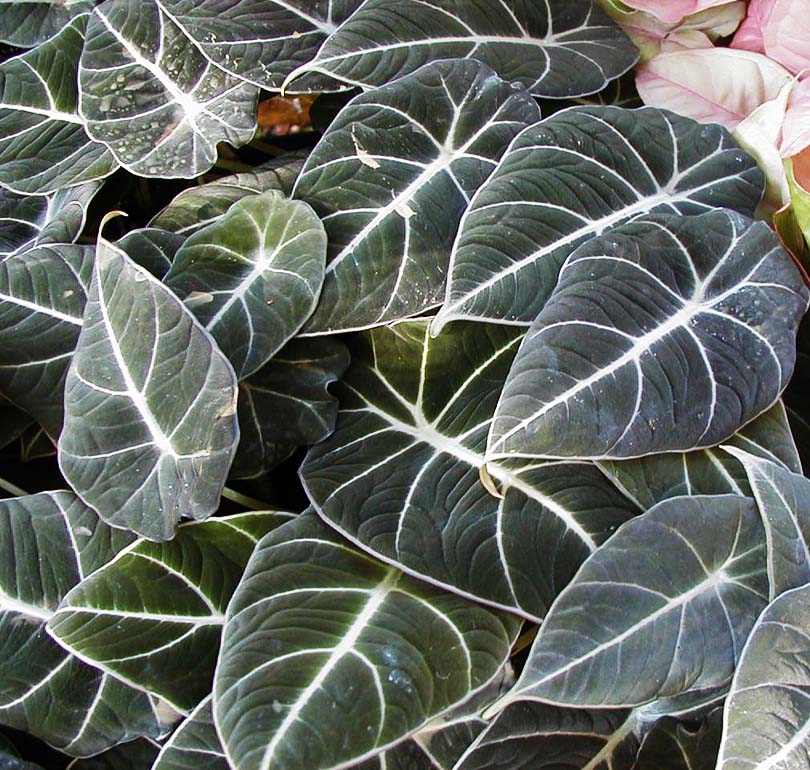
Alocasia reginula 'Black Velvet' 12cm Turn It Tropical
Watering. Alocasia Black Velvet plants do best in a humid environment. So it's a good idea to plan on watering your Black Velvet plant with high levels of humidity when 25-50% of the soil's volume is dry. To test the moisture of the soil, place the end of your finger in the soil and bury it for two inches.

ALOCASIA REGINULA ‘BLACK VELVET’ — Aroidpedia
In conclusion, Alocasia Black Velvet is toxic to cats and can cause severe symptoms, including irritation of the mouth, throat, and stomach. Therefore, Cat owners should keep their cats away from the plant or choose to replace it with a pet-safe alternative. If ingestion is suspected, immediate veterinary attention should be sought.
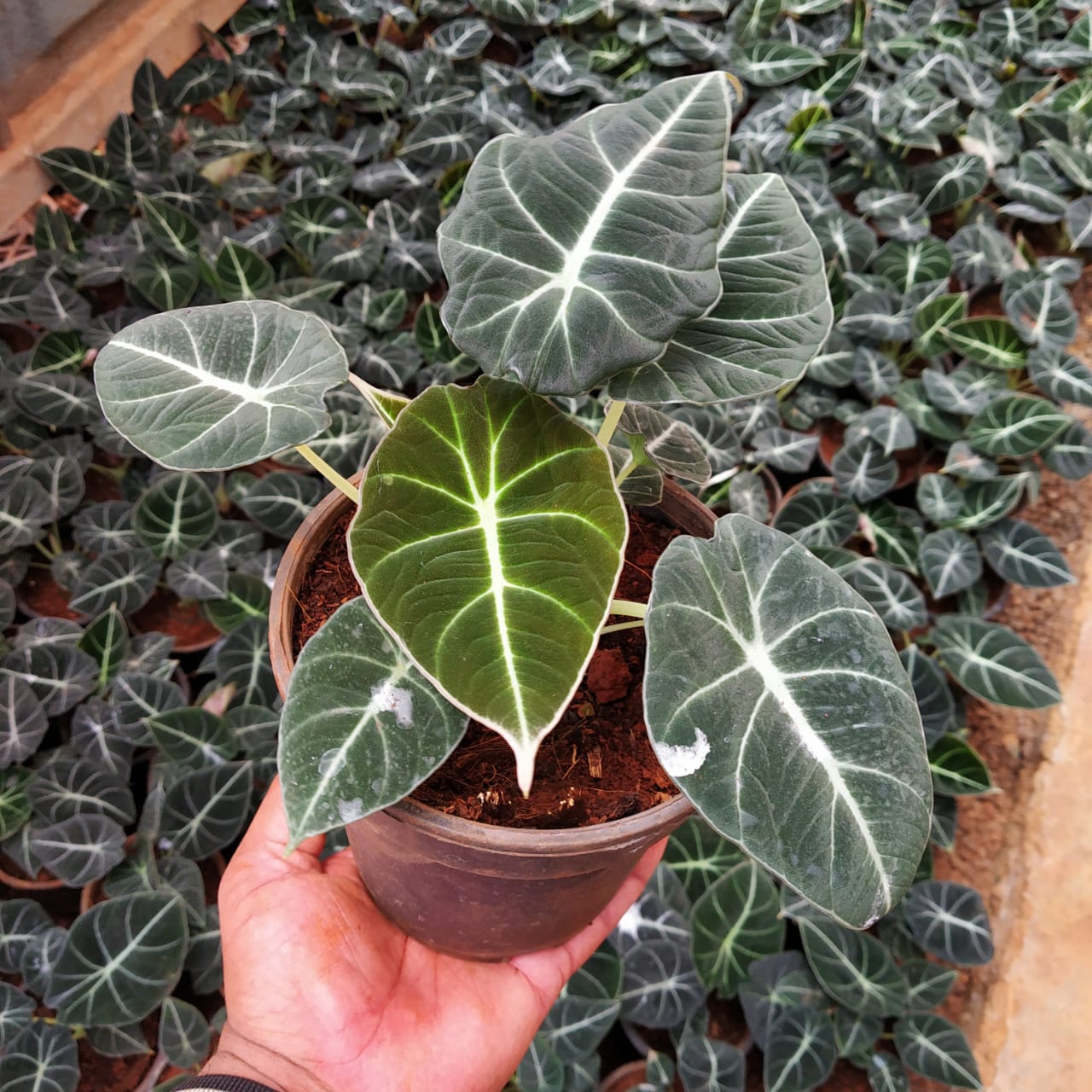
Black Velvet Alocasia Nursery Buy
Use a clean knife to cut some healthy-looking rhizome offsets from the central stem. Pot the cuttings in a moist, well-drained potting mix and keep them in a humid, warm environment. Wait for the roots to grow and take hold. It usually takes at least a couple of weeks for new growth to appear.

Alokazja 'Black Velvet' (Alocasia reginula) Zielony Słoik
According to the American Society for the Prevention of Cruelty to Animals (ASPCA), Alocasia is indeed toxic to cats. The organization lists it as a plant that is toxic to both cats and dogs. However, it's essential to understand that toxicity does not necessarily mean lethality. In other words, just because a plant is toxic doesn't mean that.
Alocasia Black Velvet r/houseplants
Alocasia Are Toxic To Pets | Pet Poison Helpline®. 24/7 ANIMAL POISON CONTROL CENTER: (855) 764-7661 Call Now. Menu.